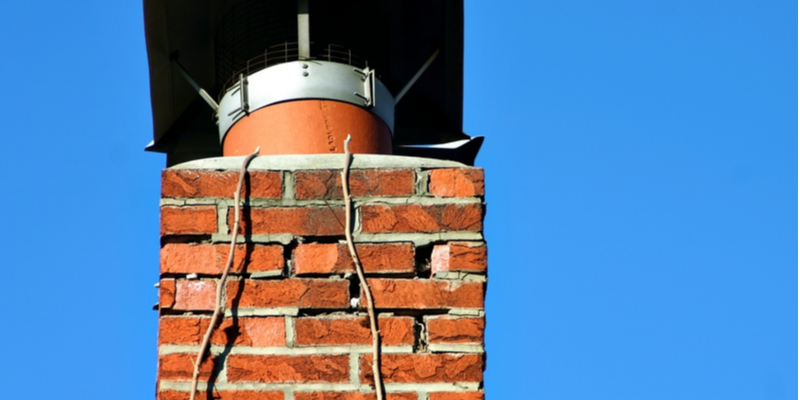Tuckpointing in Toronto is a common repair, but there are some pros and cons to tuckpointing. It’s not always the best solution, depending on the state of mortar joints. After all, mortar joints are incredibly important when it comes to holding together a brick wall or structure of any kind. They are the supporting structure and if mortar joints fail, brickwork is in danger of damage. It’s more cost effective to repair mortar than it is to repair brickwork.
Repointing vs Tuckpointing
Repointing and tuckpointing are two terms that are often confused as one in the same, but they are different. While both involve the removal and replacement of deteriorating mortar using fresh mortar, repointing lacks a step that tuckpointing includes. Tuckpointing involves the application of lines in the centers of the joints, accentuating a thin mortar joint.
Repointing is the process of removing damaged mortar joints and then renewing them. Tuckpointing involves removing old mortar as well, but in addition, it is focused on embedding narrow lines of putty using contrasting colors (technically known as fillets) down the center of the newly applied mortar joints.
The main difference between the two is that tuckpointing is a style that combines two different mortar colors to alter the appearance of mortar joints. On the other hand, repointing involves the repair of joints on brickwork that are crumbling or otherwise damaged.
The Importance of Repointing
When mortar joints are damaged, water has a chance to seep inside and begin damaging brickwork along with the overall structure. Areas that are exposed to the elements without the support of strong mortar will wear away over time, eroding until they crumble out of the structure and onto the ground. Repointing works to reseal mortar joints so that water and other damaging elements cannot get inside.
The Importance of Tuckpointing
Tuckpointing, on the other hand, is more about appearances. Invented in the 1700s, it offers an affordable solution by replicating the appearance of high-end bricks so that you don’t have to spend money buying new bricks. Two different colors are used to blend in with the brickwork and existing mortar. One of these two colors is picked to match the brickwork, that way the mortar blends in seamlessly. The second color is a different shade and is made to match the appearance of existing mortar joints.
When Do You Need Tuckpointing?
Tuckpointing is necessary when the cosmetics of a brick wall are in need of an upgrade and the homeowner is seeking a crisper finished project. The mortar used will closely match the brickwork color. If you don’t look closely enough, these differences may not stand out to you, but upon close inspection it’ll be noticeable.
The fillets used in tuckpointing trick the eye into seeing a perfectly straight line in the mortar joint, this makes the entire wall appear to be constructed from fresh new masonry.
Tuckpointing is often applied to historic masonry when homeowners wish to preserve the original authenticity of the construction, recapturing the home’s natural thin joints.
When Do You Need Repointing?
Repointing is necessary if masonry joints are damaged, loose, crumbly, or falling out of the structure. Repointing creates a soft wavy look on new mortar joints. In addition, the edges on the bricks won’t be exactly square, and there may be differences in the repointed mortar.
Repointing vs Tuckpointing in Toronto – We Can Help!
Turn to the experts at Turnbull Masonry! No matter what sorts of issues you are noticing with your mortar or brickwork, from new to historic properties, we are prepared to take care of it all while helping you find the best solution.

